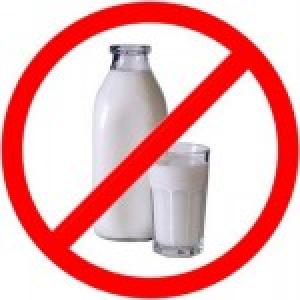Dairy Free or Lactose Free?
The Difference Between Lactose Free and Dairy Free Explained
There seems to be a lack of awareness of dairy intolerance. People are more aware of dairy allergies and lactose intolerance. However, there also seems to be confusion about what each of these mean.
Milk allergies are common within children and some do grow out of their allergy. Since finding out about my dairy intolerance, I’ve noticed there can be a lot of confusion about the difference between “lactose free” and “dairy free”.
Lactose free products are made for people who are lactose intolerant. Lactose intolerance in adults is especially common.
People who seek dairy free products may be vegan, have a dairy allergy or dairy intolerance.
When a product is labelled lactose free, it does not mean it’s suitable for someone who has a dairy allergy or intolerance. A product which is “lactose free” has had the lactose removed, but the protein components of milk will still remain.
Dairy Allergy
People who have a dairy allergy are allergic to the protein components of milk, casein and whey. Symptoms of a dairy allergy can include hives, wheezing and vomiting. In severe cases a symptom can include anaphylaxis. The only sure way for someone with a dairy allergy to avoid an allergic reaction is to avoid any products which contain dairy. If you think you may have a cows’ milk allergy, you should seek advice from your GP or a healthcare professional.
Lactose Intolerance
Lactose is only one ingredient in milk – it is the sugar component of dairy products. The body of someone who is lactose intolerant is unable to digest lactose. Lactase tablets are available for lactose intolerant individuals, to aid them in digesting lactose. These tablets will not work for someone with a dairy allergy or dairy intolerance.
Dairy Intolerance
It is possible for someone to be intolerant to the protein components of milk, casein and whey. This is known as a dairy intolerance. Someone who has a dairy intolerance shouldn’t have the protein components mentioned, but it’s not life threatening – unlike having a dairy allergy. If someone who is intolerant to dairy consumes these ingredients, they may have symptoms which will cause them feel unwell, such as diarrhoea, bloating, nausea and discomfort.
There are a variety of alternative products available, with dairy free or lactose free options. A product which is dairy-free will also be lactose-free. However, a product that is lactose-free is not necessarily dairy-free.
It’s worth noting that “non-dairy” products are not the same as dairy free, as they will usually contain milk proteins.
Label reading and understanding the differences between a dairy allergy, lactose intolerance and dairy intolerance are also very important, especially if you, or someone you know has a dairy allergy.
Image source: fodmapliving.com

